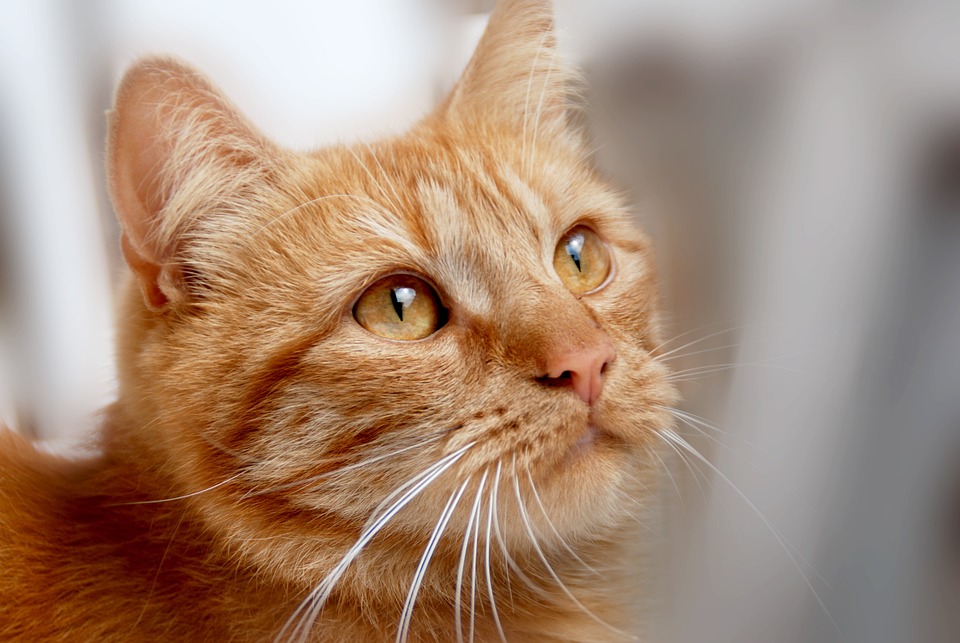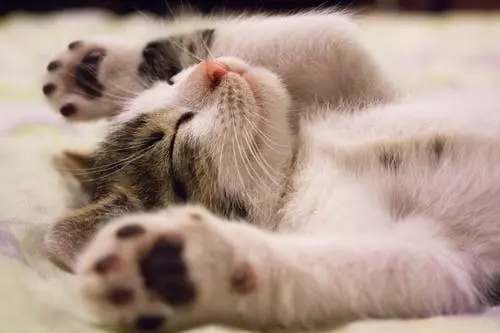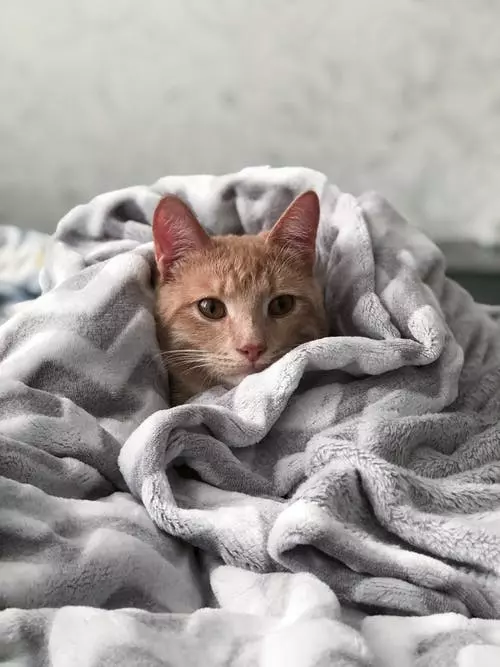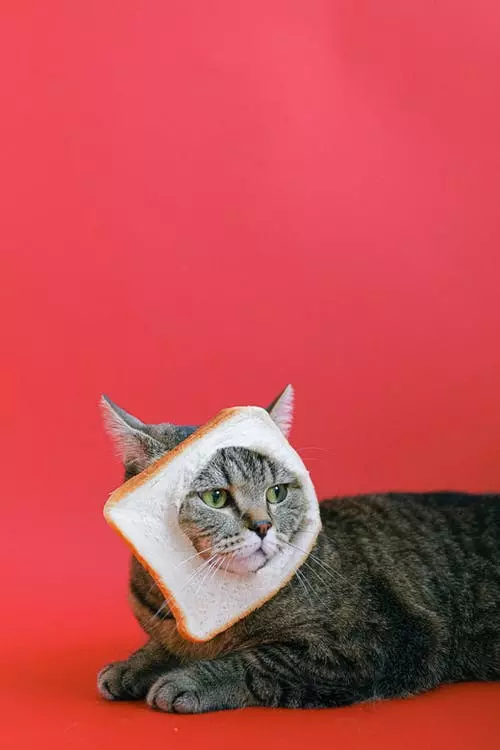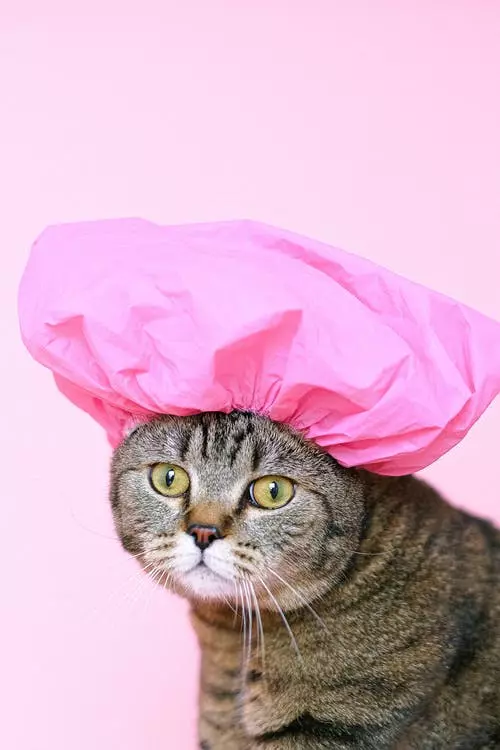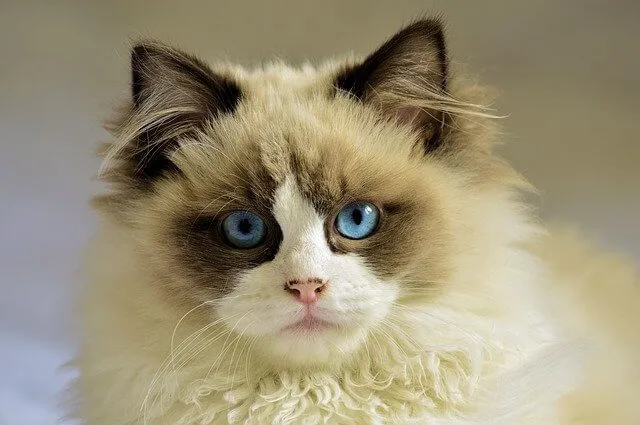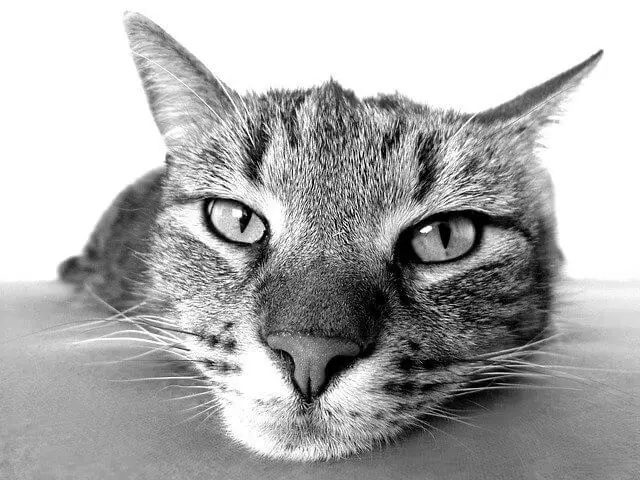Indoor cats require environmental enrichment to keep them mentally and physically stimulated. Without proper stimulation, they may become bored, frustrated, and even develop behavioral problems. To prevent this, it is crucial to provide activities and objects that mimic their natural instincts. In this article, we will discuss the importance of environmental enrichment for indoor cats and provide useful tips on how to create a stimulating environment for your furry companion.
Why is Environmental Enrichment Important for Indoor Cats?
Indoor cats often lack the stimulation and opportunities for natural behaviors that their outdoor counterparts enjoy. Without proper environmental enrichment, indoor cats may become bored, frustrated, and even develop behavioral problems. It is crucial to provide them with activities and objects that mimic their natural instincts, allowing them to engage in hunting, climbing, scratching, and exploring.
Creating a Stimulating Environment
1. Provide Vertical Space: Cats love to climb and observe their surroundings from an elevated position. Install cat trees, shelves, or wall-mounted perches to give your cat vertical space to explore and relax.
2. Interactive Toys: Engage your cat’s natural hunting instincts by providing interactive toys that require them to chase, stalk, and pounce. Toys with feathers, bells, or treat dispensers are great options.
3. Scratching Posts: Cats need to scratch to maintain healthy claws and mark their territory. Place sturdy scratching posts or boards in different areas of your home to meet their scratching needs and prevent damage to your furniture.
4. Hideouts and Cubbies: Cats love to have their own cozy retreats. Provide hiding spots, such as cardboard boxes or covered beds, where they can feel safe and secure.
5. Window Perches: Position a comfortable perch near a window to allow your cat to observe the outside world. Watching birds, squirrels, or passing cars can provide mental stimulation and entertainment.
6. Puzzle Feeders: Make mealtime more exciting by using puzzle feeders or treat-dispensing toys. These toys require your cat to work for their food, stimulating their natural foraging instincts.
7. Rotating Toys: To prevent boredom, rotate your cat’s toys regularly. This will keep them engaged and interested in their playthings.
FAQs about Environmental Enrichment for Indoor Cats
Q: How many litter boxes should I provide for my cat?
A: The general rule is to have one more litter box than the number of cats you own. For example, if you have two cats, provide three litter boxes placed in different areas of your home.
Q: Can I use catnip to encourage play and exploration?
A: Absolutely! Catnip can be a great tool for stimulating play and exploration. You can use catnip-filled toys or sprinkle dried catnip on scratchers, beds, or toys to attract your cat’s attention.
Q: My cat seems uninterested in the toys I provide. What should I do?
A: Cats can have different preferences when it comes to toys. Experiment with different types of toys, textures, and interactive features to find what your cat enjoys. Some cats may prefer simple objects like crumpled paper balls or soft plush toys.
Q: Is it necessary to provide outdoor access for my indoor cat?
A: While outdoor access can provide additional stimulation, it also exposes cats to potential dangers such as traffic, predators, and diseases. If you decide to provide outdoor access, ensure it is in a safe, enclosed space like a catio (cat patio) or use a harness and leash for supervised outdoor adventures.
By implementing these environmental enrichment strategies, you can help ensure your indoor cat leads a happy, healthy, and fulfilled life. Remember, every cat is unique, so observe their preferences and adjust the enrichment activities accordingly.

